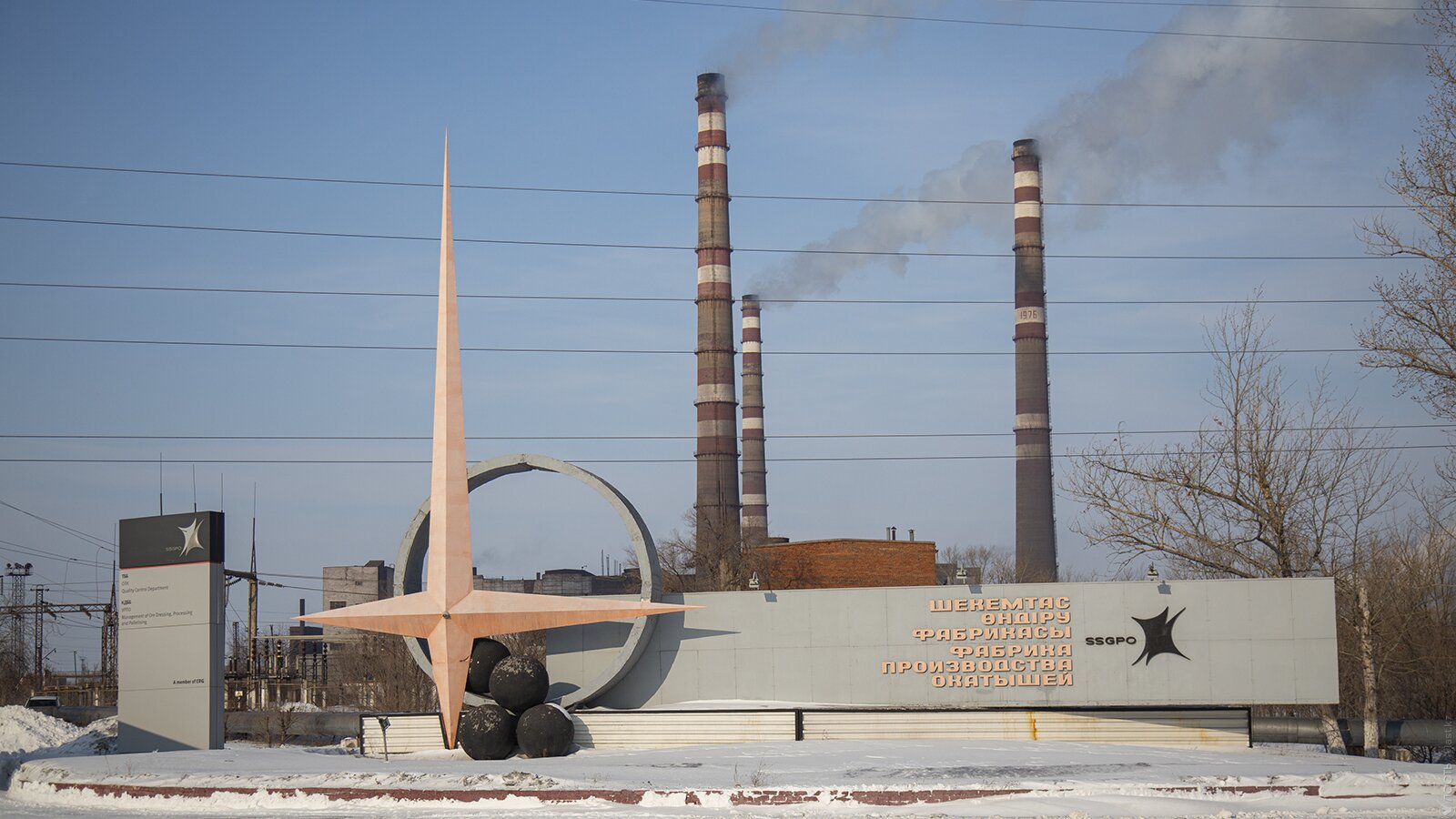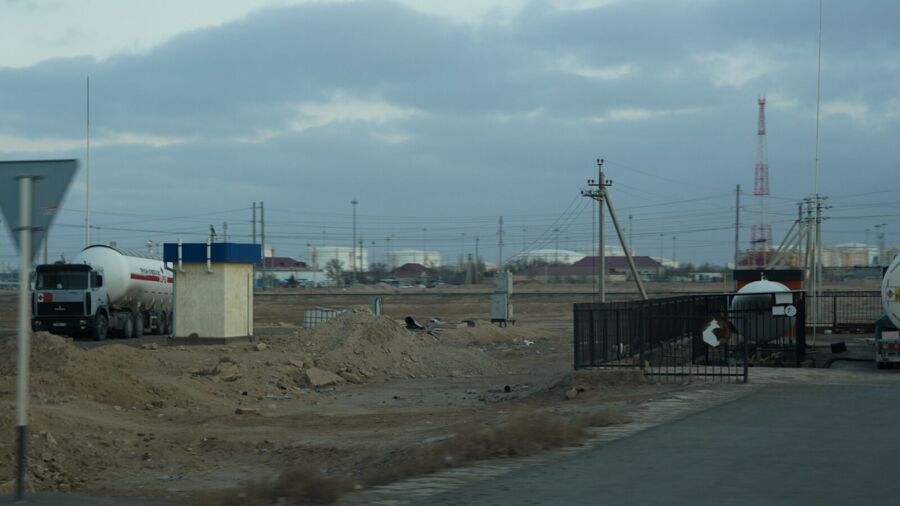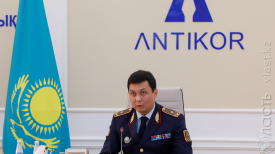- ВКонтакте
- РћРТвЂВВВВВВВВнокласснРСвЂВВВВВВВВРєРСвЂВВВВВВВВ
Madina Junussova, senior research fellow at the Institute of Public Administration and Politics at the University of Central Asia.
Kazakhstan is actively joining the global decarbonization movement to mitigate climate change and attain sustainable development. The 2021 national strategy aims to achieve carbon neutrality by 2060 by “substantially reducing our extraction of fossil fuels.” Despite these aspirations, it remains unclear how a country whose economy largely depends on hydrocarbon extraction will sufficiently lower its emissions. Also missing from this strategy is any consideration of the development of the regions and cities where this resource extraction occurs.
Even in this strategic document, the government recognizes that mining and burning coal is integral to several of the nation’s regional economies. Yet the gasification of the Almaty region is being used as an example in the policy of lowering the country’s reliance on coal. And yet, many of the region's small towns continue to rely on coal, so much that local mayors suggest that residents shore up their coal reserves ahead of the winter season.
While gasification continues to be discussed as a possible solution, it would prove costly to both the government and its users, who would have to pay to connect their homes to the grid. Prioritizing natural gas, a non-renewable hydrocarbon resource, as an energy source would be short-sighted. Furthermore, the authorities should be thinking about the consequences of driving down hydrocarbon extraction to decarbonize Kazakhstan’s oil and gas-producing regions in light of the tragic events of 2022, which began as protests against increasing gas prices in Zhanaozen.
Mining Towns Demand Attention and Justice
Capping or halting drilling and mining harms the economies of Kazakhstan’s mining towns (herein "mining towns", encompasses minerals and hydrocarbon extraction single-industry towns, or "monotowns" - ed.). These towns nevertheless have this future in store, as their fossil fuel reserves are depleted. Mining and drilling will have to stop at some point, like in the towns of Tekeli and Kentau, and when it does, the economic blow will only add to existing social, economic, and ecological problems.
“Kazakhstan 2050” – one of the government’s strategic documents – set the ambitious goal of increasing the urban portion of the population to 70% by 2050. Yet, 30% of that urban population does not reside in Almaty, Astana or Shymkent, but in Kazakhstan’s mining towns. If the authorities actually seek to create a green economy and stimulate sustainable urbanization, they need to do so while paying attention to the mining towns as well as the big cities.
Wage differences are a driving factor. Tekeli, Arkalyk, and Lisakovsk all have the lowest wages following the shutter of local enterprises. Zhanaozen, Kulsary, and Aksai are some of the rare exceptions where incomes exceed Almaty and Astana on account of oil and gas drilling operations.
Even the most successful drilling cities are becoming unattractive for living and conducting business on account of social inequality and worsening environmental conditions. Data published by Kazhydromet, the country’s hydrometeorological service, shows that all of the country’s industrially active monotowns suffer from dangerously high levels of air pollution. Rapidly aging infrastructure from Soviet times is deteriorating from more than 50 years without proper upkeep or modernization, as evident from such incidents as that at the Ekibastuz thermal power plant last December.
Government Policies Failed the Monotowns
The national authorities devised a reactive, ‘top-down’ model for solving development problems in mining towns. Yet, this strategy has simply failed them. Since independence, the government has supported monotowns by stimulating their industries, including the 2003 “Strategy of industrial and innovation development through 2015” to support manufacturing and exports. The 2009 global financial crisis and falling oil and gas prices were major external blows to Kazakhstan’s extractive industries and the cities that depend on them.
The government later launched the 2010 “Program of advanced industrial and innovation growth” through 2014 and a corresponding “industrialization map,” giving local authorities the opportunity to request financing for projects. Despite the program’s ambitious goals, there were no meaningful results. As peoples’ discontent grew amid worsening quality of life and social inequality, protests eventually turned deadly, culminating in the 2011 clashes in Zhanaozen.
The following year, the government launched a “Development program for monotowns for 2012-2020” in response to the events in Zhanaozen. The extractive industries which defined the 27 “monotowns” included in this program employed at least 20% of the active population and accounted for 20% of industrial production in the country. Kazakhstan’s government allocated 141.3 billion tenge (roughly equivalent to $940 million at the time), only to spend less than 15% of this sum before scrapping the program in 2014.
The ministry of economy re-classified monotowns according to their economic potential - high, medium, and low. To everyone’s surprise, the ministry classified Temirtau, Rudniy, Ridder, Aksu, and Ekibastuz as monotowns with high potential, while Zhanaozen was assessed as having medium potential. Still more surprising was the fact that this old 2014 program was reworked within the new “Program for the development of the regions through 2020.” While the programs sought to reverse population outflows from the monotowns, they also supported the urban agglomerations that draw these populations away.
Changes to the regional development programs - first in 2015, then in 2016, and again in 2018, just two years before the program’s completion - cast uncertainty on the future of these monotowns. The “Program for regional development” was extended in 2019 until 2025 without any qualitative changes. The only novelty was that the government’s support measures were now separated between monotowns near major cities and monotowns located far away from urban centers. This new program was approved without any analysis of the previous one, despite existing recommendations provided by the Organization for Economic Cooperation and Development (OECD) in 2017.
One of the novelties of the “Program for the development of the monotowns” and the “Program for regional development” was that the local administrations of the monotowns could participate in government planning. They were to prepare local development plans that calculated the cost of modernizing infrastructure and provided information about local investment projects. Yet this government program failed to live up to expectations because of its lack of consideration for the territorial and administrative differences among the 27 monotowns it identified.
For example, seven of the eight monotowns of the Karaganda region have the status of “cities of regional significance” and are subordinate to the regional administration. The town of Abai holds a lower status and submits to the administration of the Abai district of this region. How were cities with different levels of administrative power considered one and the same under this reform? Why did no reforms to government planning and budgeting accompany these local development plans?
Not all monotowns can benefit in the same ways from local development plans or investment projects due to pre-existing administrative and financial limitations. Even the ones that received government assistance to rebuild or modernize infrastructure could not preserve it due to inadequate budgets.
The administrations of monotowns even lack access to their own local natural resources. For instance, the now-shuttered mining lands in Tekeli and Kentau are still under the jurisdiction of the ministries supervising the extractive industries. Local administrators cannot rehabilitate or repurpose abandoned land if they do not have the right to access it. These often-inexperienced administrative bodies lack the authority to make their own decisions or to access local tax revenues, undercutting their ability to engage with local enterprises and businesses.
Mining Towns Remain Outside the Sustainable Development Agenda
So far, the government has failed to implement its reforms to diversify the economies of the monotowns. Regional policies that rely on subsidized drilling and mining operations and urban agglomerations only widen the development gap between these big cities and small extraction towns. The questions affecting peoples’ daily lives in these towns - environmental, working, and living conditions - remain unanswered.
When the regional development program finally ended in 2021, there was hope that a new program would consider how Kazakhstan’s bid to lower greenhouse gas emissions could coincide with its plan to support sustainable development in these mining towns.
The task standing before our government is to empower regional policymakers to move toward their strategic goals. These goals should not only include lowering emissions, but attaining social justice, diversifying the economy, and improving social welfare. We must rethink how we devise and implement political, budget, and taxation reforms in monotowns. We must consider how the interactions between various administrative bodies and civil society could collectively improve these towns. There is still a chance to change the technocratic approach to development in mining towns. We simply need to activate and engage local people, power, and businesses to build a future together.
This article was originally published in Russian. This is an edited version translated by Grant Thieroff. This is one of several stories published by Vlast as part of “Regions of Kazakhstan”, a project that explores the various manifestations of inequality between the regions and large cities of Kazakhstan.
Поддержите журналистику, которой доверяют.









